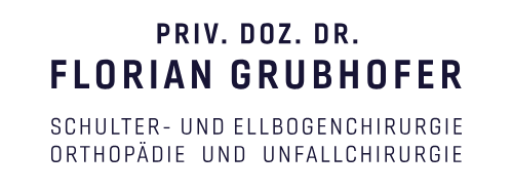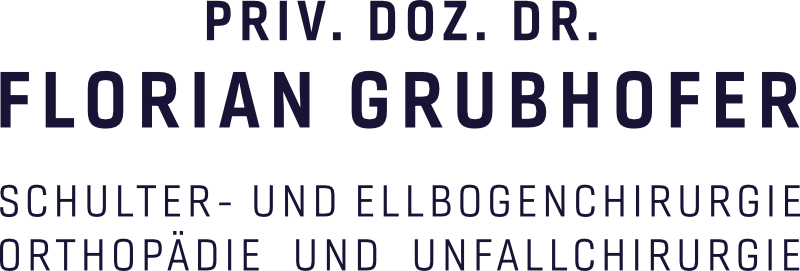What is the rotator cuff?
The rotator cuff is a group of four tendons originating from the rotator cuff muscles of the shoulder blade. These tendons attach in a cuff-like manner to the head of the upper arm bone (humerus), allowing for rotational shoulder movements—hence the name “rotator cuff.” However, the primary function of the rotator cuff is not rotation but stabilizing the shoulder joint.
Why did my rotator cuff tendon tear even without an injury?
Rotator cuff tendons are subject to natural wear and tear, which begins as early as the fourth decade of life. In individuals aged 50 to 60, partial tears in the rotator cuff are present in about 33% of the general population.
It’s important to note that these tears are not always pathological, as they are often part of the natural aging process. Many individuals with such tears remain asymptomatic and experience no restrictions in their daily lives. However, some people do suffer from symptoms and require treatment. Rarely, an accident—such as a shoulder dislocation—may cause the tendon to tear.
Does a rotator cuff tear require surgery?
Partial tears, which account for the majority of rotator cuff injuries, typically do not require surgery.
Complete tears, however, should generally be treated surgically, especially in active patients, according to high-quality studies (Level I evidence). For older or less active individuals, conservative (non-surgical) therapy may be sufficient, even for full-thickness tears. If a partial tear continues to cause pain despite non-surgical treatment, surgery may be considered.
How soon does a rotator cuff tear need to be operated on?
In active individuals with a full-thickness tear, reconstruction should be performed as promptly as possible. This is critical because the associated muscle can begin to degenerate over time. The more advanced this degeneration becomes, the less successful the repair outcome.
In severe cases, the tear may become irreparable, meaning the tendon can no longer be reconstructed. For traumatic tears specifically, prompt surgical intervention within three weeks is associated with better outcomes.
How do I know if my rotator cuff tendon is torn?
The diagnosis of a rotator cuff tear can often be made with high accuracy through a clinical examination. Specific tests are performed to evaluate tendon function.
MRI (Magnetic Resonance Imaging) is less about confirming the diagnosis and more about assessing the extent of the tear (partial or complete) and its reparability.

